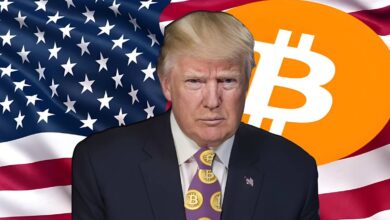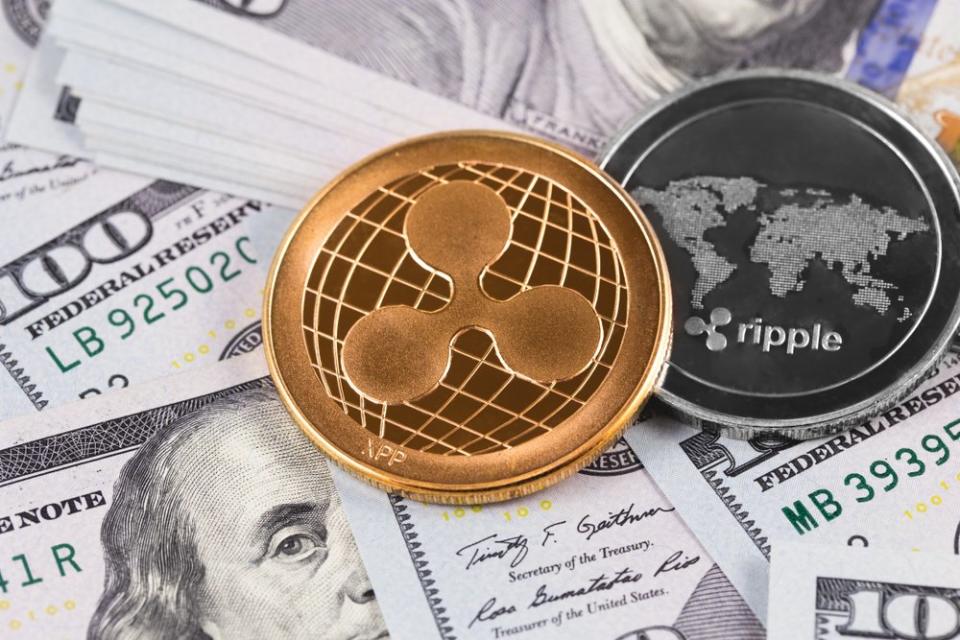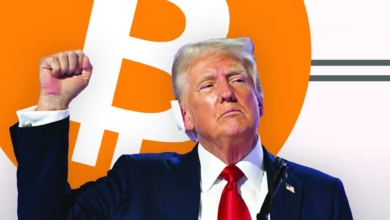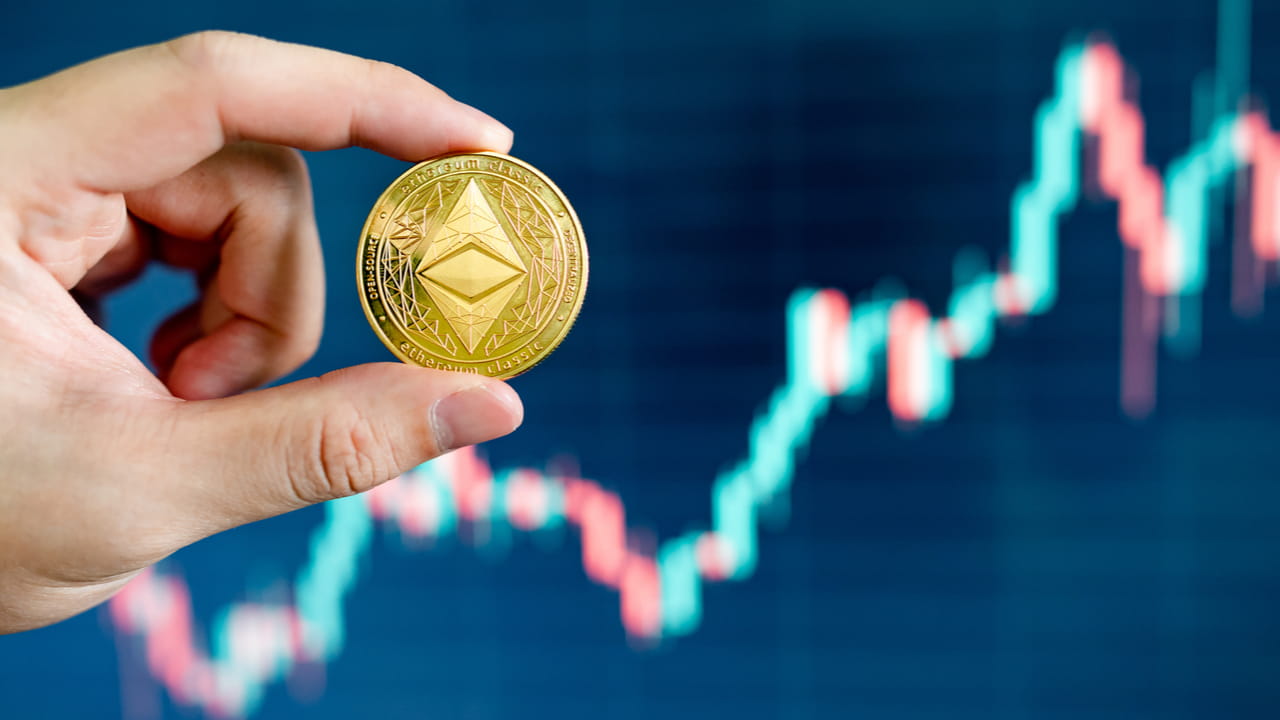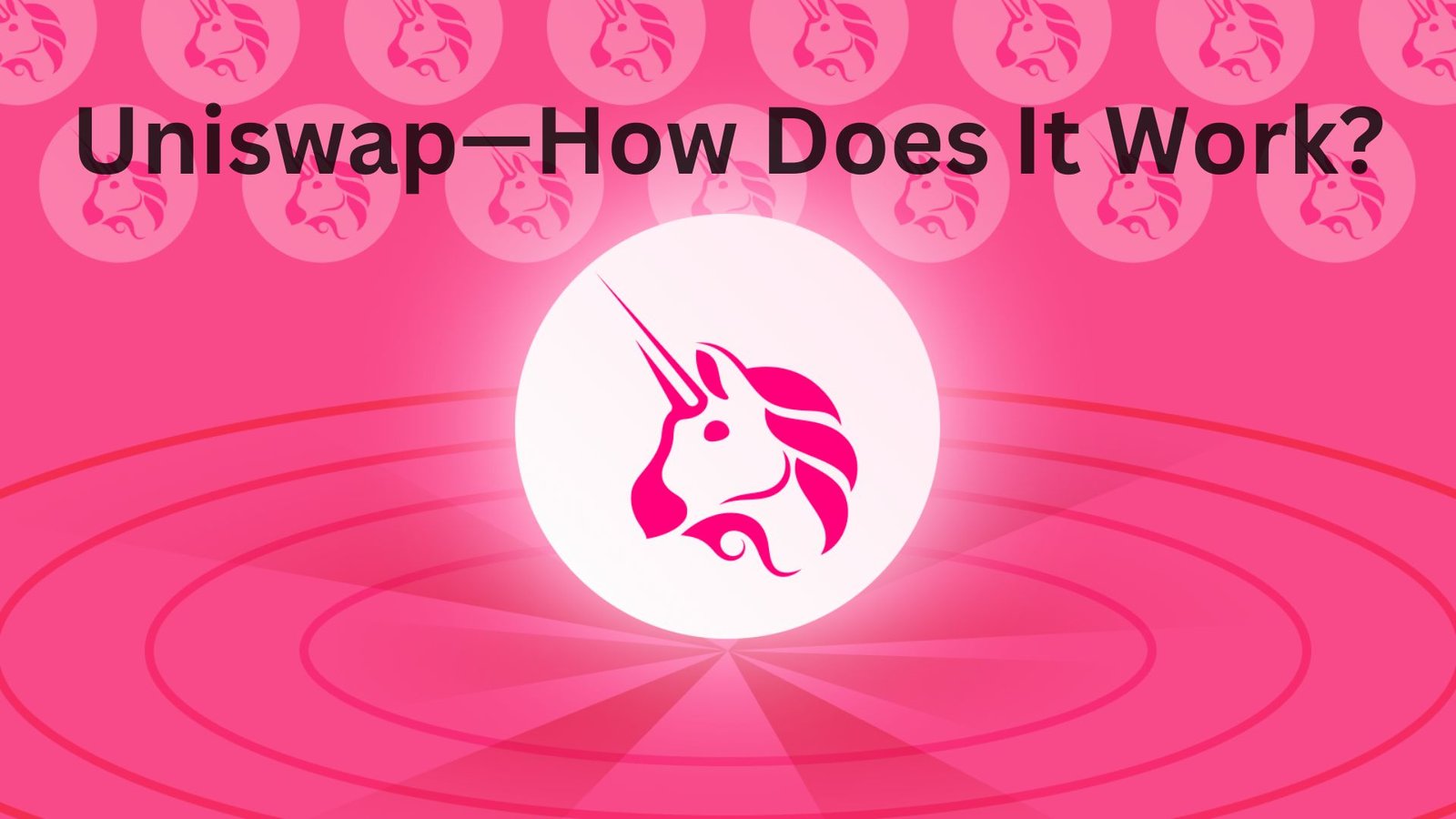
Uniswap A Decentralized Exchange with Liquidity Pools
Uniswap decentralized exchange. For a long time, centralized exchanges (CEXs) have supported the cryptocurrency market with their customer service, fiat on-ramps, speedier transactions, and deep liquidity. Decentralized exchanges (DEXs) offer lower trading fees, security, anonymity, and accessibility, attracting more customers.
DEXs provide advantages over CEX that make them a potentially attractive substitute. Uniswap is one such example. Its 2018 creator, Hayden Adams, took his cue from Vitalik Buterin, co-founder of Ethereum, who initially detailed the technology’s foundation. Uniswap was an early and pivotal figure in creating DEXs and the Automated Market Maker (AMM) paradigm. Uniswap is still one of the best DEXs out there, with a wide variety of tokens listed and a lot of liquidity.
What Is Uniswap?
Users of the decentralized exchange (DEX) Uniswap can trade cryptocurrencies directly with one another without the need for a third party or censorship-resistant intermediary. Uniswap is an Ethereum-based platform that uses smart contracts, which are decentralized programs.
Instead of conventional order books, Uniswap’s revolutionary AMM methodology facilitates frictionless trading by pooling liquidity. Users can add liquidity to these pools by depositing a pair of tokens with an equivalent value. In exchange, they get LP tokens, which stand for Liquidity Provider. The liquidity pools allow other users to trade tokens with one another. Check out Uniswap GitHub to see the open-source software that Uniswap employs.
How Does Uniswap Work?

The CPMM model underpins Uniswap. See how it works. You deposit a trading pair to Uniswap’s liquidity pool as an LP. You can commit ETH and one ERC-20 token or two ERC-20 tokens of equal value. One token is commonly a stablecoin like DAI, USDC, or USDT. As an LP, you’ll get “liquidity tokens” representing your share of the liquidity pool and its trading costs.
Examine the ETH/USDT liquidity pool. We’ll name the pool’s ETH x and USDT y. Uniswap calculates pool liquidity (k) by multiplying x by y. Uniswap relies on k being constant. Total pool liquidity equals x*y = k. Let Alice buy 1 ETH for 300 USDT using the ETH/USDT liquidity pool. This boosts USDT and decreases ETH in the pool, raising ETH prices.
Since less ETH is in the pool after the transaction, and we know that the overall liquidity (k) must remain constant, the price of ETH will be k/x. The pool’s ETH price depends on how much a trade changes the ratio between x and y.
Note that this model scales nonlinearly. The x-y balance shifts more with higher orders. Orders are more expensive and slip more as they get larger. The more significant the liquidity pool, the less the shift between x and y, making large orders easier to fill.
The Evolution of Uniswap
Uniswap has evolved, with different protocol versions offering new features and improvements. Here’s a brief overview of Uniswap v1, v2, and v3:
Uniswap v1
It traded any ERC-20 token on Ethereum while being simple. This protocol was popular among Ethereum users and proved the notion of AMM-based decentralized exchanges.
Uniswap v2
Uniswap decentralized exchange was launched in 2020, Uniswap v2 upgraded its predecessor. Most notably, liquidity providers can now make pair contracts for any two ERC-20 tokens thanks to the introduction of ERC-20 to ERC-20 pairs.
Users could trade between the tokens directly, without first converting to Ethereum. To sum up, Uniswap v2 removed the requirement to have both Ethereum and an ERC-20 token to form liquidity pools; instead, any two ERC-20 tokens could be used.
Uniswap v2 introduced new capabilities, such as flash swaps, which allowed tokens to be delivered to receivers before confirming that enough input tokens had been received. These enhancements and additional features also increased protocol efficiency by lowering gas fees. As a result of these enhancements and features, Uniswap became one of the biggest cryptocurrency spot exchanges, and the usage of AMM grew exponentially.
Uniswap v3
Improvements to capital efficiency were among the most notable additions of Uniswap v3. Due to a feature of the x above * y = k model, most of the money included in AMMs is typically unused, making them capital-inefficient. Simply put, the system’s ability to support larger orders and price ranges is directly proportional to the pool’s liquidity.
Limited Partners (LPs) in these pools offer liquidity across a price curve from zero to infinity, meaning that the money given by LPs in an AMM is spread evenly across all price ranges. This indicates that the location where most of the trade occurs only accounts for a fraction of the pool’s liquidity. It is counterproductive to offer liquidity in a price range that is either unreachable or highly distant from the current price.
Uniswap v3 aims to fix this by letting LPs choose specific price ranges where they want to bet, which should lead to a concentration of funds in the most active price range. For instance, if an LP specifies a price range of $1,000 to $2,000, the liquidity they offer can only allow trading within that range, not infinitely.
If you want to build an on-chain order book on Ethereum, where market makers can choose to supply liquidity in price ranges they choose, Uniswap v3 is an essential way to do so. Professional players who optimize their technique consistently may earn more trading fees than less active LPs due to this added layer of complexity.
Uniswap LP positions as NFTs
Uniswap LP positions are no longer interchangeable because each LP can establish its own pricing range. In Uniswap v3, a non-fungible token (NFT) now stands for LP positions. However, the fungibility of the shared positions is still possible (ERC-20).
Uniswap decentralized exchange v3 LPs can now view all fees directly in their NFTs. Wallets can buy and sell these NFTs, and holders can earn position fees anytime. It’s essentially a digital picture that shows key details like the token pair and a curve that shows the “steepness” of the position. There is a distinct color scheme for each Uniswap v3 location, and different color variations denote various pools.
Different fee tiers
In Uniswap v3, LPs have three different fee levels available, allowing them to tailor their profit margins to the predicted volatility of the token pair. These levels are 0.05%, 0.30%, and 1.00%. For instance, LPs face more danger in ETH/USDT and other non-correlated pairs and less danger in stablecoin pairs, which are correlated.
Uniswap on Layer 2
Ethereum transaction costs have historically climbed in tandem with the network’s usage. This can sometimes make Uniswap an expensive nonstarter, particularly for smaller users. Layer 2 scaling solutions may now scale smart contracts with the help of Uniswap v3, eliminating this issue without sacrificing the safety of the Ethereum network. Enhanced transaction throughput and reduced user costs are other benefits of this design.
Uniswap live on BNB Chain
Uniswap decentralized exchange went live on the BNB chain after receiving 66% support from governance voters. This move can potentially provide users with more efficient and cost-effective trading options. This also means that Uniswap users can use BNB Chain’s high speed and low transaction fees. Additionally, the integration allows Uniswap to tap into a new liquidity pool and increase awareness and adoption among retail and institutional investors.
What Is Impermanent Loss?
LPs should also consider temporary loss and liquidity fees for token swap traders. Assume Alice is an LP that invested 1 ETH and 100 USDT into a Uniswap pool with 10,000 liquidity (10 ETH x 1,000 USDT). Other LPs like her funded the rest. Alice’s initial deposit makes up 10% of the pool’s liquidity. Alice’s deposit was $200 (1 ETH x $100 + 100 USDT) because 1 ETH cost 100 USDT.
Imagine ETH costs 400 USDT. Arbitrage traders add USDT and remove ETH from the pool until the ratio matches the new price. This reduces the pool to 5 ETH and 2,000 USDT. Alice removes money from the pool. Her portion is 10%, or 0.5 ETH and 200 USDT, totaling $400. Alice appears to have profited. If she had kept her initial payment of 1 ETH and 100 USDT, she would have had $500 (1 ETH x $400 + 100 USDT). Alice missed the ETH price rise by depositing in Uniswap.
This loss is called “impermanent” because it can be reduced if the pooled tokens return to their original pricing. Since LPs earn fees, the loss may be offset. LPs should understand impermanent loss before investing in Uniswap. The scenario above applies whether the price grows or falls since the deposit. If the cost of ETH drops since the deposit, the LP’s losses may increase.
How Does Uniswap Make Money?
Unlike a typical Uniswap decentralized exchange, Uniswap charges a nominal fee for protocol trades, and LPs profit from it. LPs can earn more outstanding trading fees on Uniswap v3 by concentrating their liquidity within the chosen price range. Uniswap is an open-source and Decentralized cryptocurrency exchange, so no one controls or profits from it. Instead, a community of developers and governance enhances it.
The Uniswap (UNI) Token
Users and LPs have been flocking to Uniswap since September 2020’s debut of UNI, its native coin. UNI, an Ethereum-based ERC-20 token, can be saved in any Crypto exchange in a 2025 wallet that supports it. The UNI token gives holders governance rights to vote on protocol upgrades. User voting power is proportionate to governance token holdings. Anyone can propose and vote in the decentralized governance process. UNI tokens can be traded on cryptocurrency exchanges for other cryptocurrencies or decentralized finance (DeFi) applications. Community requests and governance votes can create new use cases.
How to Use Uniswap
To use Uniswap, you must have a cryptocurrency wallet containing some Ether or ERC-20 tokens. Here’s how to start using a simple swap option on Uniswap decentralized exchange:
-
Connect to your Ethereum wallet on the Uniswap website.
-
Select the token you wish to trade. Uniswap supports several ERC-20 tokens; make sure you select the correct one.
-
Enter the amount you wish to trade. The interface will then show you the estimated amount of the other token you will receive, based on the current exchange rate.
-
If the amount is satisfactory, you can click “Swap”. Your wallet will then prompt you to confirm the transaction.
-
After confirming the transaction, the trade will be executed on Ethereum. Finally, the tokens will be displayed in your wallet.
Closing Thoughts
Ethereum-based DEX Uniswap evolves. Anyone with a crypto wallet can exchange tokens without third parties. A new class of LPs can receive fees on idle assets, and traders can transfer cryptocurrencies on the platform. The issuance of the UNI governance token solidified Uniswap’s community-driven status. As the DeFi ecosystem grows, it will be interesting to see how DEXs adapt to user needs while retaining decentralization and trustlessness.


